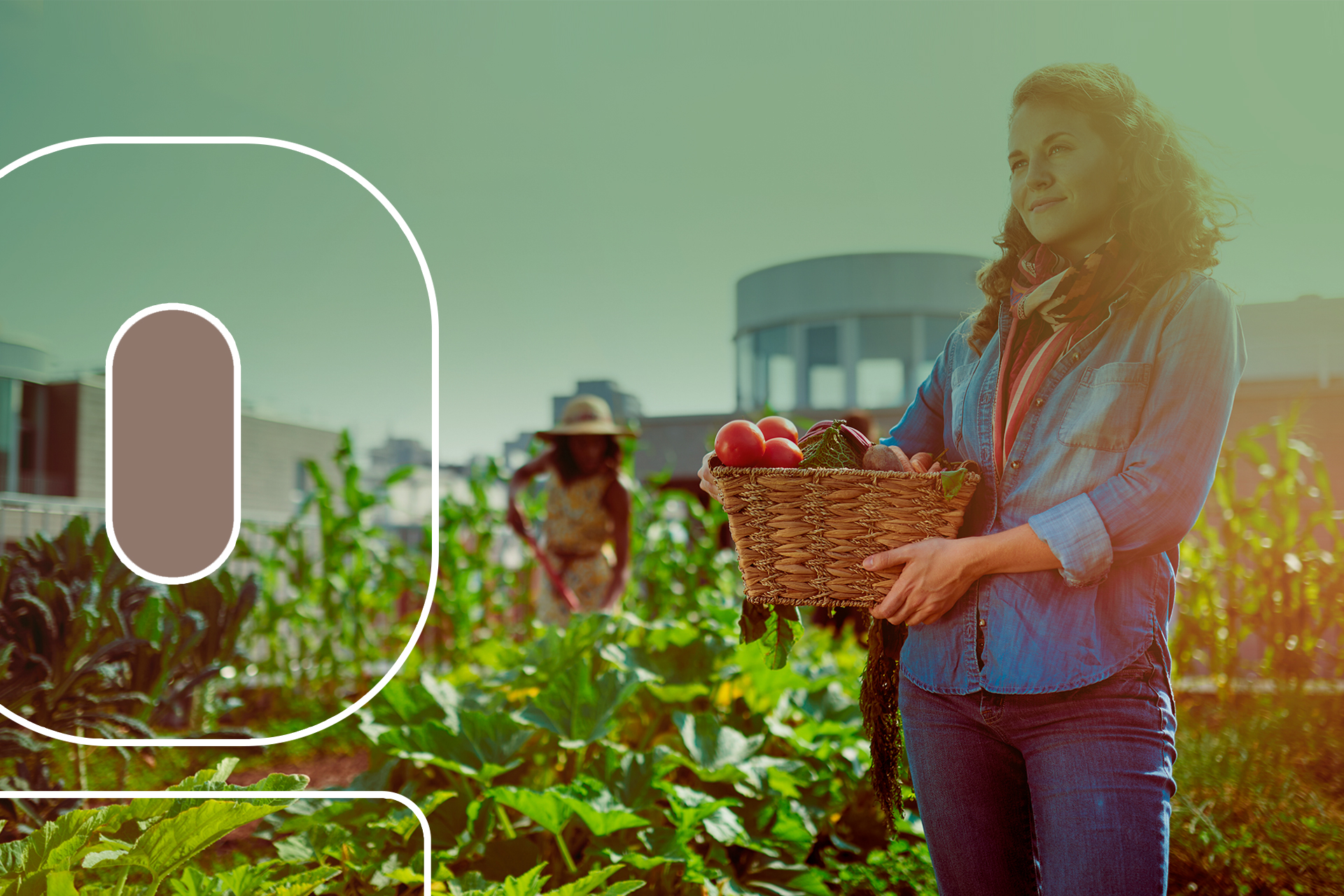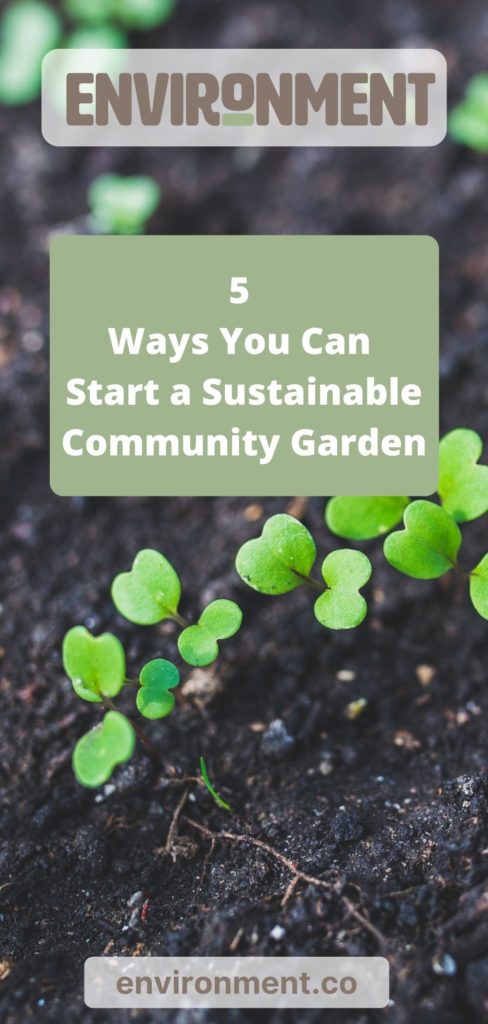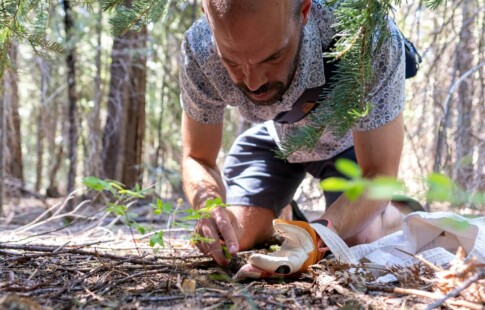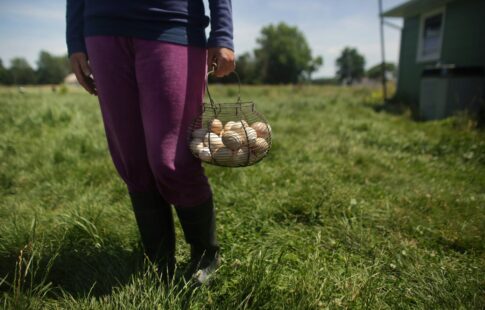
5 Ways You Can Start a Sustainable Community Garden
We are reader-supported. When you buy through links on our site, we may earn affiliate commission.
Do you want to save money and the planet? What if you could do so while forming a closer bond with your neighbors and teaching your children a crucial ecological lesson? You can accomplish all this and more by starting a sustainable community garden! Community gardens save you money at the grocery store because you produce the majority of the fruits and veggies you use. Also, since you don’t have to drive to the store as often, you can decrease your carbon footprint. You can even reduce your household waste. Here’s how.
1. Round-Up Your Posse
The first step in running a sustainable community garden entails gathering enough interested people to make the project a success. Running such an endeavor requires a team effort. How do you find interested parties? You have several options. The easiest method is going door to door. You can create flyers to garner interest and talk to your neighbors. Additionally, you can start a social media group for your project and use apps such as Nextdoor to touch base with interested parties. If you belong to a house of worship, they can also help you spread the news. People feel more productive when they have a specific role. Consider adding the following team members to your crew.
- Fundraising director: This individual is responsible for reaching out to local businesses and community members to raise money for the project. They work in close conjunction with the community outreach director.
- Community outreach and education director: This person coordinates events for your garden, such as a neighborhood potluck. They also arrange educational activities for people who want to get involved. People who have never gardened before may want to help, but they might need someone to teach them the requisite skills. They also maintain social media accounts and publish a newsletter.
- Lead design and gardener: The person with the greenest thumb gets to design the layout of your garden. They also advise community members as to the best crops to grow, and they facilitate garden workdays.
- Head of maintenance and repair: As time passes, you need to keep up with weeding your garden. You also need to cover plants in times of cold weather and prep beds for the planting season. As items like compost bins begin to age, this individual makes sure they get patched.
2. Gather Your Supplies
What do you need to start your garden? You’ll likely want the same things you’d need for a home version — only in more substantial amounts. Fortunately, when you have others involved, it’s easier to rustle up supplies. One way to save considerable money on fertilizer is by organizing a community compost bin. To do so, you need to educate your team about what materials are compostable and which are not. For example, while you do want to include organic food scraps, you should omit fish and meat as well as bones. Additionally, you’ll need to appoint a responsible party to turn the compost once every two weeks.
You want the temperature inside the bin to climb between 120 and 170 degrees for maximum decomposition. Remember to educate your team about how their composting efforts protect the planet. You eliminate the packaging necessary for store-bought fertilizer as well as the number of trips you make to the store. Decreasing the weight of your garbage also means trash trucks expend less fuel hauling your waste to the dump. You also need seeds and seedlings to plant, of course. You can learn how to save the seeds from the organic produce you purchase to grow into new plants. Let community members know which plants to save — tomatoes and peppers are excellent choices for novice gardeners. Both types of plants self-pollinate, and you don’t have to do anything special to preserve the seeds. Finally, you’ll need equipment like rakes and hoes. If you have a large plot, you may need to rent a backhoe or other large device to break the ground.
3. Locate a Suitable Plot
You’ll need to decide where to locate your garden. Remember that proximity to a water source is a crucial factor. You don’t want to find the perfect sunny patch only to discover you need to run a lengthy irrigation line. If you live in a townhome or condominium development, your HOA may restrict what types of plantings you can place. Coordinate with members of the board when planning your garden.
Most HOAs are amenable to projects that improve residents’ lives, as long as the community backs the idea. You can investigate areas surrounding parks and greenbelts for your garden. Are you planning a sizeable patch? If so, try to locate a vacant land plot and track down the owner. Because many plant varieties take several years to establish, try to find a lease that spans three years or more. You don’t want the heartbreak of having your garden sold out from under you. Of course, if you live in a rural area and have spacious acreage, you can donate some of your property toward the project.
4. Cultivate Your Crops
Now that you’ve started your project, it’s time to maintain your sustainable community garden throughout the growing season. Much of the upkeep depends on how you structured the division of your plot. If you made one large master plot, you might write up a rotating work schedule for participants. If each family is responsible for a small portion of the whole, you still need to decide what to do if they neglect it. Weeds in one area of your garden can quickly spread to others. Finally, if someone donated the acreage for your project, they may require you to maintain it to protect the property value.
5. Educate and Expand
How big can your community garden grow? It all depends on how much love and work you put into it, as well as how many others you can inspire. You’ll want to participate in regular community outreach to educate newcomers and invite them to take part. Host potlucks at a nearby park to network and welcome new residents. If you have the credentials, offer to teach a gardening course at a local recreation center for novice gardeners.
Start a Sustainable Community Garden This New Year
When you start a sustainable community garden, you do your part to protect the planet. You also engage with others in your neighborhood and foster a sense of fellowship.

Share on
Like what you read? Join other Environment.co readers!
Get the latest updates on our planet by subscribing to the Environment.co newsletter!
About the author

Jane Marsh
Starting from an early age, Jane Marsh loved all animals and became a budding environmentalist. Now, Jane works as the Editor-in-Chief of Environment.co where she covers topics related to climate policy, renewable energy, the food industry, and more.





